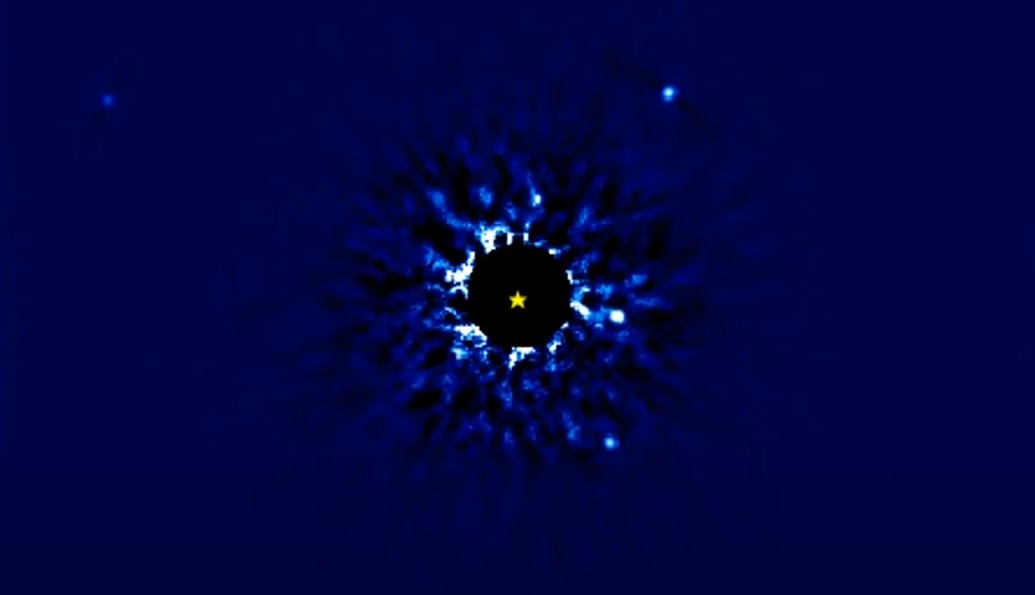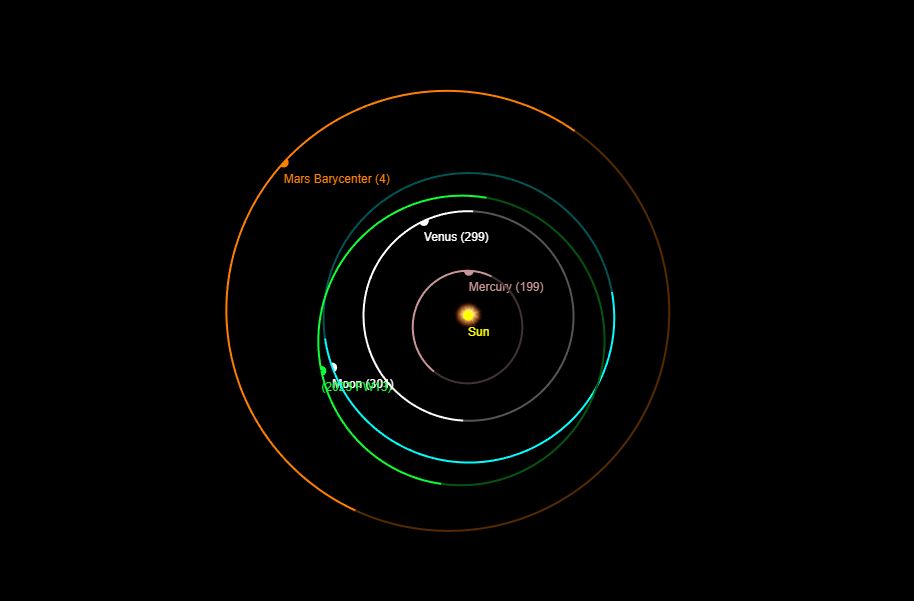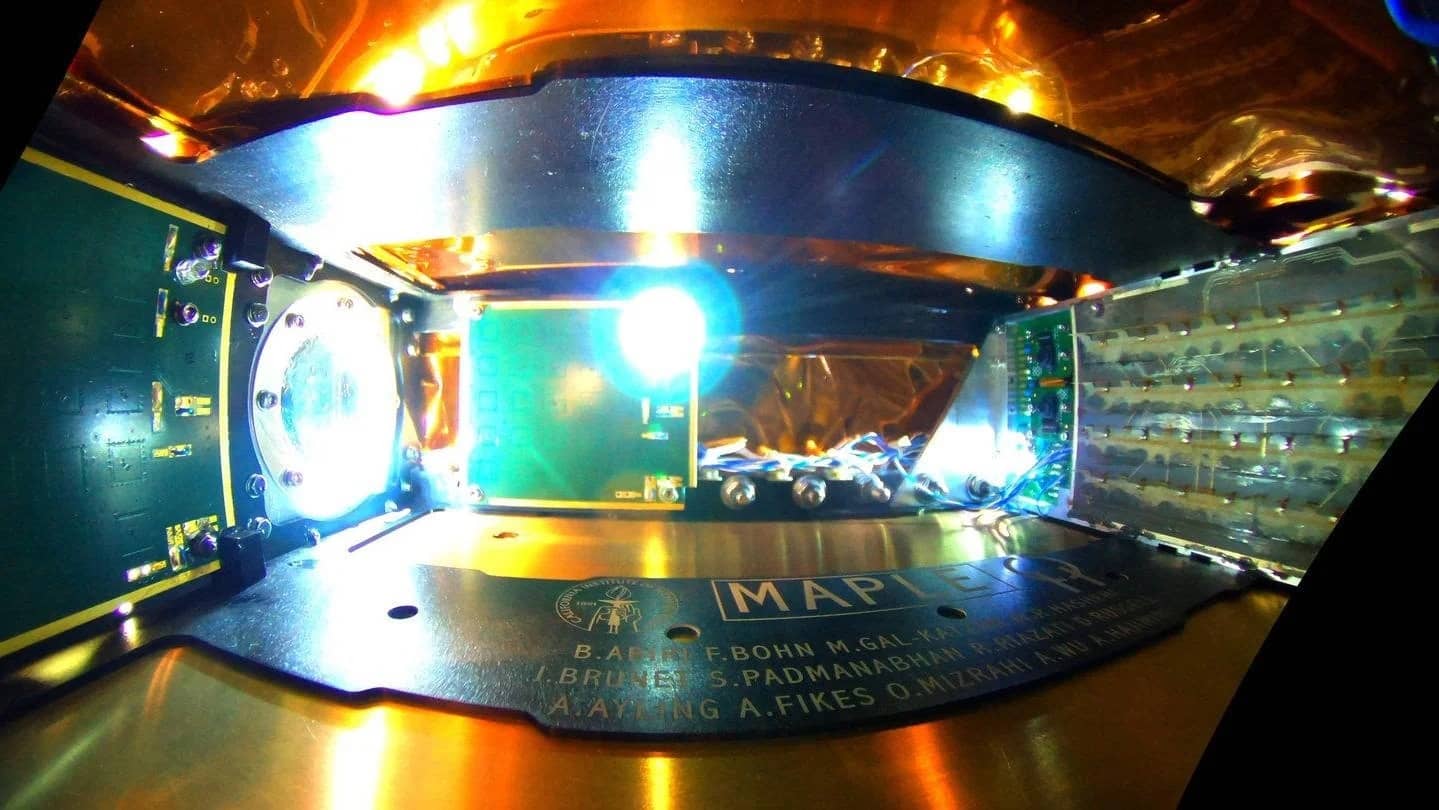Jason Wang, an astronomer at Northwestern University, has put together a breathtaking time-lapse film showing a family of four exoplanets orbiting its star using observations gathered over the previous 12 years. Each of the planets is more massive than Jupiter. The video offers viewers an unprecedented look at planetary motion.
In the Pegasus constellation, 133.3 light-years from Earth, lies a compact star called HR8799. Although it appears to be a great distance away, HR8799 is regarded as being in our “solar neighborhood.” The star is approximately 5 times more bright and 1.5 times more massive than our sun. It is also a lot younger. The system originated after the extinction of the dinosaurs, 30 million years ago.
“It’s usually difficult to see planets in orbit,” Wang said. “For example, it isn’t apparent that Jupiter or Mars orbit our sun because we live in the same system and don’t have a top-down view. Astronomical events either happen too quickly or too slowly to capture in a movie. But this video shows planets moving on a human time scale. I hope it enables people to enjoy something wondrous.”
HR8799 made history in November 2008 when it became the first system to have its planets directly photographed. The system immediately captivated Wang, and he has been following it ever since. Each year, he and his colleagues submitted an application for time to observe the system at Hawaii’s Mauna Kea’s W. M. Keck Observatory. Wang created a video of the system using imaging data after 12 years of monitoring, which provides a compressed 4.5-second time lapse of the whole period.
“There’s nothing to be gained scientifically from watching the orbiting systems in a time lapse video, but it helps others appreciate what we’re studying,” Wang said. “It can be difficult to explain the nuances of science with words. But showing science in action helps others understand its importance.”
How was the video made?
Wang utilized a technique known as “adaptive optics” to create the movie and remove visual blurring brought on by the Earth’s atmosphere. In order to reduce the glare from the system’s main star, he additionally used specialized equipment called a “coronagraph” and processing algorithms. This is the reason the middle of the video is black. The brightness would be too intense without this to allow observers to see the planets whirling around it. Last but not least, Wang smoothed the motion of the planets and filled in data gaps using a type of video processing. Otherwise, instead of revolving around in a smooth orbit, the planets would appear to jump.
The final image displays four ethereal dots circling a star. The planets are actually enormous gas giants, despite the fact that they only appear to be as big as fireflies. They are like “scaled up versions” of Jupiter, Saturn, Neptune, and Uranus, according to Wang. It takes the planet closest to the star 45 Earth years to complete one revolution. On the other hand, it takes the farthest planet around 500 years to travel the same distance.
“In astrophysics, most of the time we are doing data analysis or testing hypotheses,” he said. “But this is the fun part of science. It inspires awe.”





